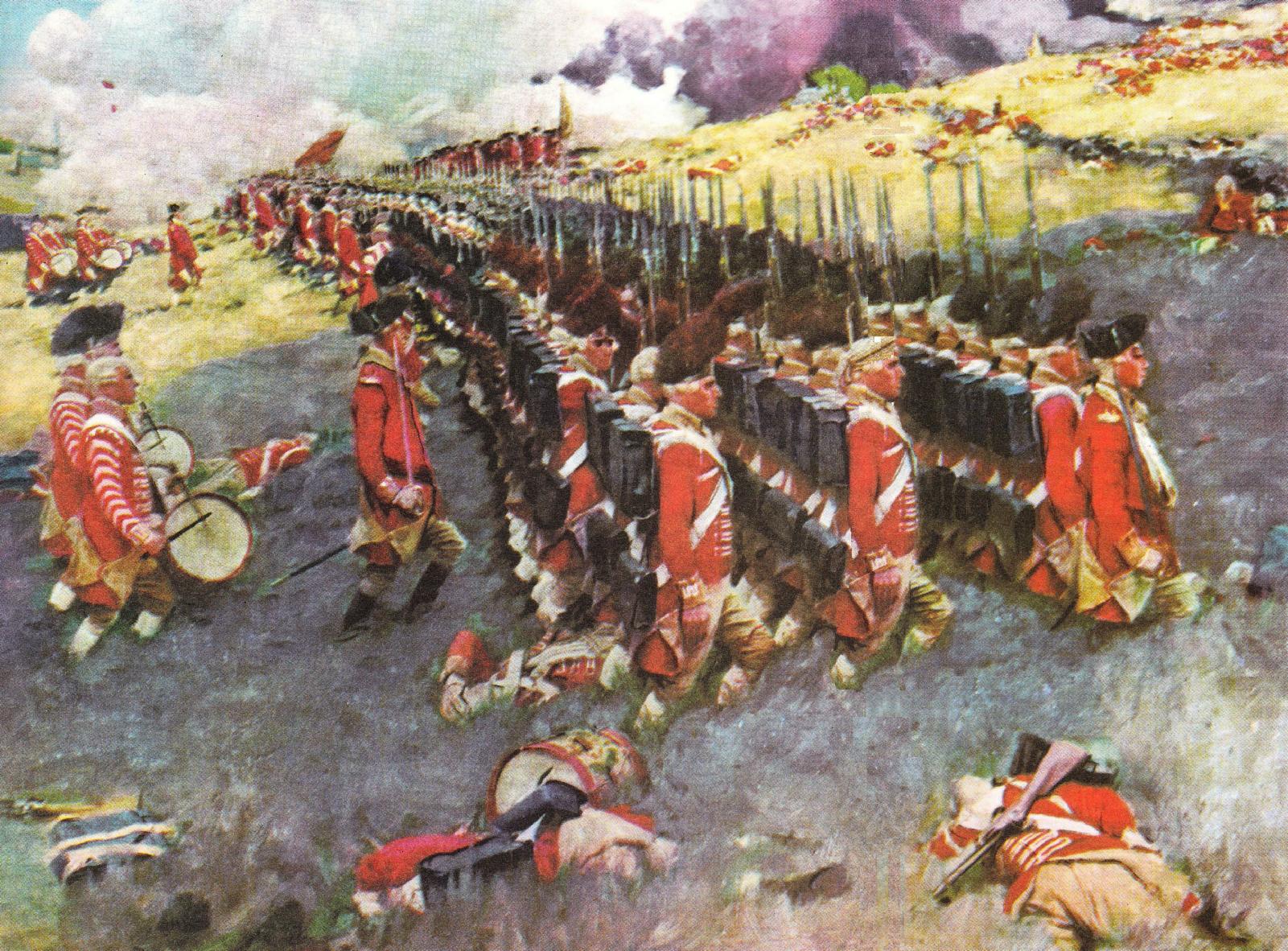Your opinion on British (colonial) infantry tactics used in the Subcontinent? Was it effective ? What was the weakness ?

@AUSTERLITZ , @FaujHistorian

@AUSTERLITZ , @FaujHistorian
Follow along with the video below to see how to install our site as a web app on your home screen.
Note: This feature may not be available in some browsers.



Your opinion on British (colonial) infantry tactics used in the Subcontinent? Was it effective ? What was the weakness ?

@AUSTERLITZ , @FaujHistorian

Your opinion on British (colonial) infantry tactics used in the Subcontinent? Was it effective ? What was the weakness ?

@AUSTERLITZ , @FaujHistorian

Hi,
That was tactically the most advaced usage of military strategy and deployment troops. You have to remember that the british soldier was coming out of the 100 years war in europe---the battle scene had changed----from a mounted horse cavalry attack----the focus had shifted to flanks / squares of infantry moving in unison.
The soldiers marching in ranks of three----on facing the enemy---turning the row towards the enemy---with their hand loaded rifles---the front row of soldiers would fire in a very disciplinary manner at the enemy once they were in range---the second row would move forward and let the load off---then the third ow would move foward and let the load off---in the meantine the other rows were reloading their weapons---& this phenomenon repeated over and over.
The english were using 'grapeshot' in their cannons----while the locals were still using ball shots----. The slaughter was one sided
A well trained soldier would let off 3 rounds in a minute----. British soldiers coming to india were battle hardened troops---they were extremely discipline as well----plus the fire power they displayed---totally decimated the opposing armies. Then they were also hungry for bounty ---loot and plunder---.
Bottomline---the british had better technology in the form of latest weapons---better trained soldiers and officers---a better focused fighting and conquering machine.
The armies of sub continent had no answer for that after their allies---the french lost the war in europe.
Here is a book I recommend---shocking in description---so knowledgeable about the inner doings of he subcontinent---. First time read it---I threw the book away---like someone had stabbed me in the heart---the truth was extremely painful and shocking---the more shocking truth was finding how impotent the local militaries were in front of the british armies.
Talwar - Kindle edition by Robert Carter. Literature & Fiction Kindle eBooks @ Amazon.com.
Its essentially same common european tactic used by all armies-based on line,column and square.U can find them on my ongoing austerlitz battle report.
British redcoats were excellent infantry because as britain had a small army but huge funds it could provide them with much better fire training which gave them an advantage in firefights.Meaning more live musket rounds fired by infantryman in training..much higher than the mass armies of europe's continental forces.
Subcontinental infantry were rabble,levies without common equipment..a few musketeers(except the marathas in some cases).Used no formations.
Subcontinental cavalry was very good,but fought as individuals..not in formation.
Artillery was very weak..lacked standardization and depended on hired europeans..british claibres were stnadrdized and mobile.

Brilliantly said, my good Sir!
Thank you, my Sir.
Do you happen to know if the Kingdoms in the subcontinent implemented hit and run tactics / guerrilla warefare tactics -- quite similar to the ones used by American colonials during the American Revolution ?

This is doubtful considering the fact that the British were defeated by the Marathas in the first Anglo-Maratha WarThe british obviously (by your picture) overestimated the local populace

Hit and run tactics..not really.Diff with USA is on 3 counts..every us fighter knew he was fighting for free democratic nation..here footsoldiers had little to gain..local kings selfish interests,who were often prepared to make backroom deals with brits.
Second here predominance was given to cavalry...but age of cavalry had past,hit and run tactics were attempted locally with cavalry..unlike in usa by infantry.Here expert musketeers were very rare.Gunpowder weaponry was less developed and widespread.
Finally USA independence owes a alot to european support,particularly french regulars and european officers and instructors.French army and navy were crucial.

Brilliantly said, my good Sir!
Hi,
If you are in the U S---spend 3 dollars---buy this book----it is an eye opener---. The writer is so deep into the hindustan's culture, psyche & thinking----that alone would be a surprise.
